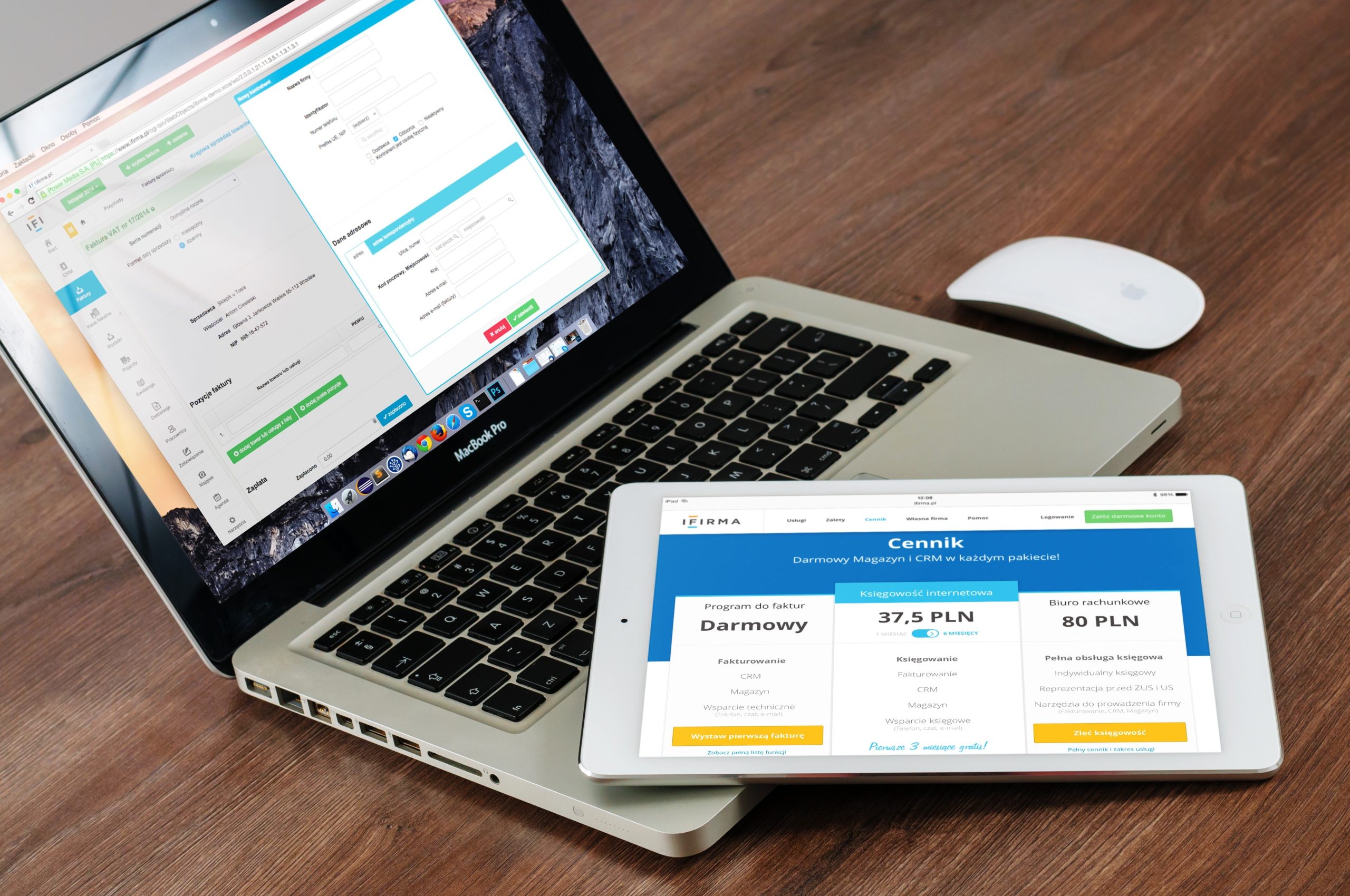What Your E-Commerce Business Needs to Know About Inflation

2021 saw the highest inflation rate in almost 40 years, and the e-commerce industry felt it. Inflation may come down this year, but it’s not likely to go away.
As an e-commerce business owner, it affects your customers and you. For this reason, you need a solid understanding of what inflation is and how you can deal with it.
Why Is Inflation Rising for E-commerce Businesses?
For many people, inflation is most visible when they go to the store for items such as groceries, clothes, and hardware. But in an inflationary economy, prices go up for everyone, and that includes e-commerce. From 2015 -2019, online prices were dropping, but now they’re rising like all other prices.
It’s a matter of both supply and demand. More consumers are shopping online, and supply-side disruptions are leaving e-commerce businesses with less to offer.

Supply and Demand Issues
On the demand side, the COVID-19 pandemic pushed more consumers into online buying. Many of them are happy with the convenience of e-shopping and are in no hurry to return to stores even as it becomes safer.
E-commerce is particularly vulnerable to supply-side issues because so many e-businesses have maintained small inventories and practiced just-in-time product delivery. With the COVID-induced supply-side disruptions, they’ve had to scramble for inventory, often buying at higher prices than they’re used to.

How Will Inflation Affect Your E-commerce Business?
The cost of inventory for e-business will go up. The cost of doing business, including labor if you have employees, will rise as well. At the same time, customers who are themselves squeezed by inflation will be looking for the lowest prices. To get them, some may abandon the online marketplace and return to brick-and-mortar stores.
There’s going to be tremendous competition between e-commerce businesses to scramble for inventory and to cut costs.
What Can You Do To Fight Inflation?
You can’t stop inflation, but there are measures you can take to succeed within it.
Improve Your Cash Flow
Consumers have a tough time maintaining a cash balance during inflationary times, and that’s true for e-commerce businesses as well. Cash is the lifeblood of both traditional business and e-commerce, and you need to keep yours flowing.
One way to improve cash flow is to become more conscientious about collecting accounts receivable. Another is cutting expenses. Look at all areas of cash outlay and be relentless about determining where you can pull back.
Keep Extra Stock
Just-in-time inventory has served e-commerce well in recent years, but that’s about to change. There’s more pressure to maintain enough stock to meet customer demand and keep the revenue stream alive. Also, inflation reduces purchasing power, and inventory is likely to cost more a few months from now than it does today. During inflation, goods often retain their value better than money. Additionally, buying greater quantities may get you a discount.
Review Your Prices
As much as you’d like to maintain current prices for your customers, you’re probably not going to be able to. Your cost of inventory and your cost of doing business is rising, and your prices need to rise as well. Higher prices increase your cash flow as well as your revenue, and the extra cash may be critical to keeping your dream alive.
Download Most Popular Guide:
The Ultimate Guide to Inflation

Work With an Experienced Accountant
Setting prices is tricky. Too high and you lose business; too low and you lose money. Managing inventory and cutting costs are also far from simple. You need an expert on your side.
That’s where an experienced accountant comes in. U-nique Accounting can help you implement inflation-fighting strategies so you can concentrate on growing your business and providing a great experience for your customers. Arrange a call today and find out how we can help.
